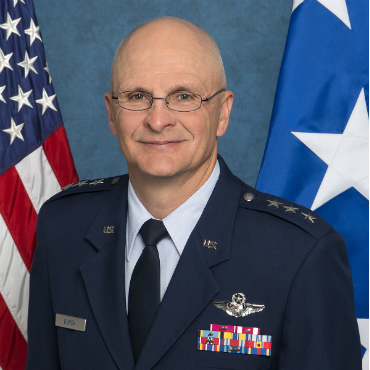How the Air Force is tweaking procurement

A top military acquisition officer said the Air Force is changing its procurement process to meet the intent of Congress and adapt to 21st-century cybersecurity needs.

Lt. Gen. Arnold Bunch said the Air Force wants to be able to buy new technology more quickly and from nontraditional contractors.
The Air Force is changing its procurement strategies to allow for a quicker and more agile response to cyberthreats. Lt. Gen. Arnold Bunch, military deputy in the Office of the Assistant Secretary of the Air Force for Acquisition, said the service will push purchasing authority to lower levels of command and rely more on open systems architecture to avoid going through established IT contracts.
He added that the country has been on a wartime footing for at least the past 26 years. During that time, the rest of the world has sought to catch up and counter U.S. air superiority.
"The world has watched us employ air power in ways that no one ever envisioned or dreamed were possible," Bunch said on Aug. 29 at the Air Force Information Technology and Cyberpower Conference in Montgomery, Ala. "They have watched, they have adopted, and they have adapted. They have adapted their strategies so that they can attack those areas that we depend on."
A key component of that effort is using the Air Force's existing purchasing authorities to cut through some of the red tape around technology acquisition. Bunch said that under the upcoming National Defense Authorization Act, Congress is pushing the military to adopt certain technologies more quickly, but the Air Force does not have to wait for Congress to pass the legislation and can use its existing purchasing authority now to meet lawmakers' intent.
By granting more authority to lower-level personnel, the Air Force can increase the speed of procurements while allowing program executive officers to focus on larger, more critical purchases.
"The direction when I came into this job was that all decisions were held at PEO level, and they had to be the milestone decision authority," Bunch said. "Right now, of all of our small dollar threshold programs, 68 percent of those are below the PEO so that we can streamline."
The expanded use of open systems architecture will help the Air Force avoid being locked into traditional Defense Department IT contracts so that it can rapidly test new technology and buy individual products without committing to a major procurement.
"We can actually open the aperture now to nontraditional Department of Defense contractors so they can come in and compete on small components," Bunch said.
NEXT STORY: Ransomware Scam Spoofs FBI and IRS


